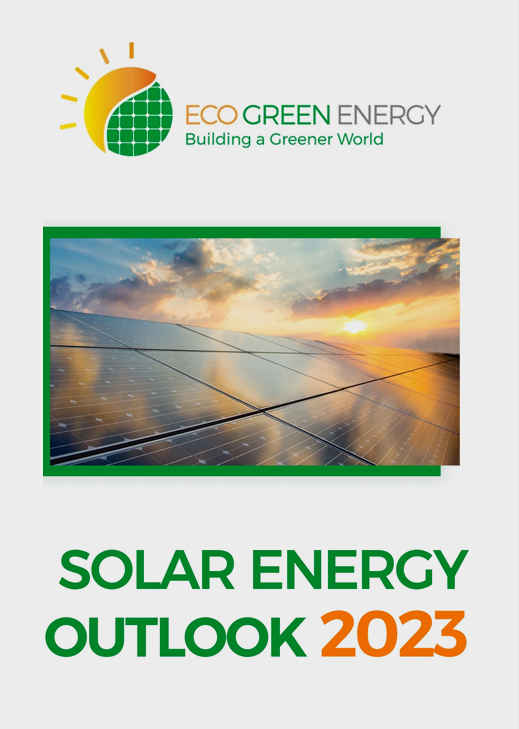
November 12, 2024

Wind is the largest source of renewable energy , providing clean electricity to homes, farms, and cities. The potential of wind energy is not new—ancient civilizations, such as the Egyptians, harnessed the wind for transportation and mechanical tasks. Today, advanced wind turbines generate renewable energy globally, transforming the way we power our world.
What Is Wind Energy?
Wind energy is created by differences in temperature and air pressure across the Earth’s surface. As warm air rises and cool air moves in to replace it, wind is formed. This moving air can be harnessed to turn wind turbine blades, which in turn generate electricity.
How Do Wind Turbines Work?
Wind turbines capture the kinetic energy of the wind with blades that spin as the wind blows. The spinning blades drive a generator, converting this energy into electricity. Turbine efficiency is influenced by factors such as height—taller towers can capture stronger winds higher in the atmosphere—and positioning, with turbines often yawing (adjusting their direction) to face directly into the wind.
Types of Wind Energy
Why Do We Need Wind Energy?
Wind energy is a clean, renewable power source that helps reduce greenhouse gas emissions, combating climate change. Unlike fossil fuels, wind turbines do not pollute the air or water. Additionally, wind energy has minimal impact on the land, allowing farmers and ranchers to continue agricultural activities while leasing land for wind farms.
As technology advances, wind turbines are becoming more efficient and cost-effective, with improvements in materials and designs that increase performance and reduce manufacturing costs. These innovations are making wind energy more accessible, sustainable, and economically viable.